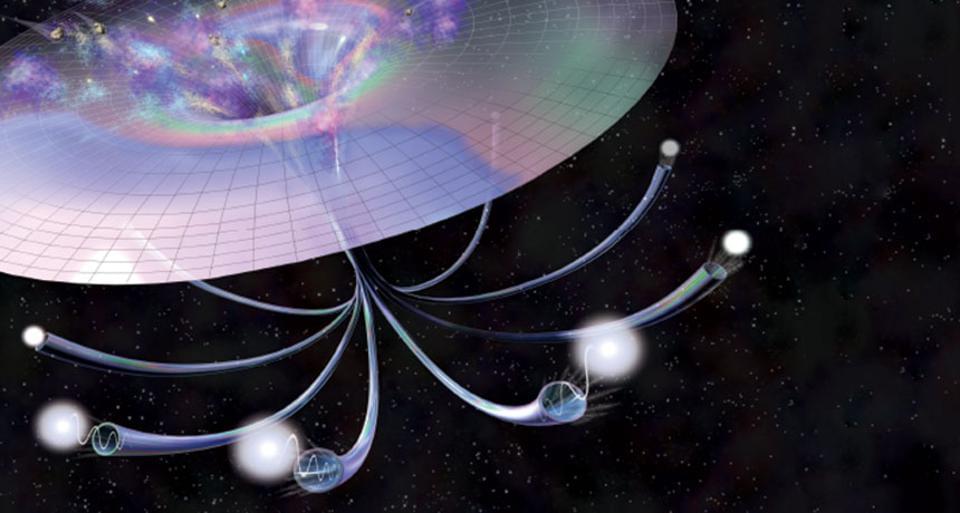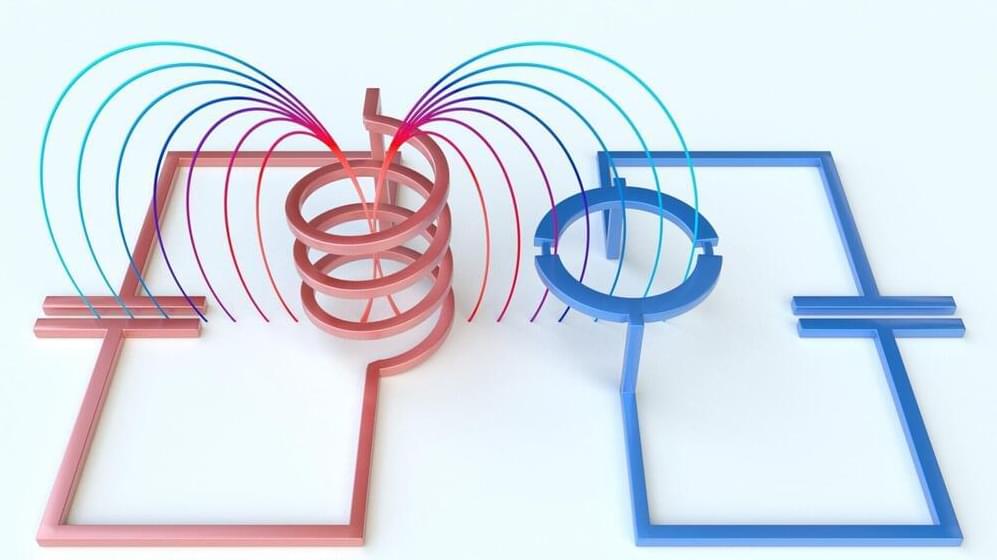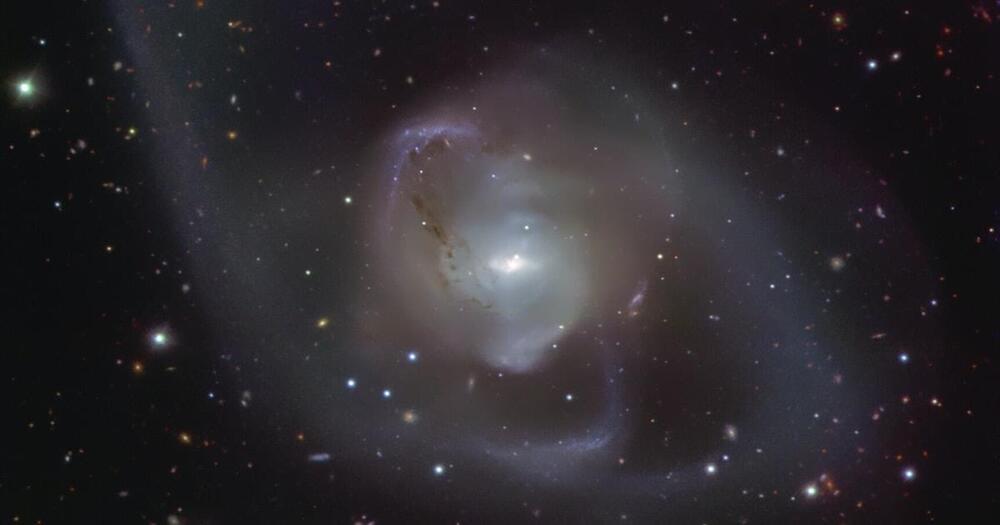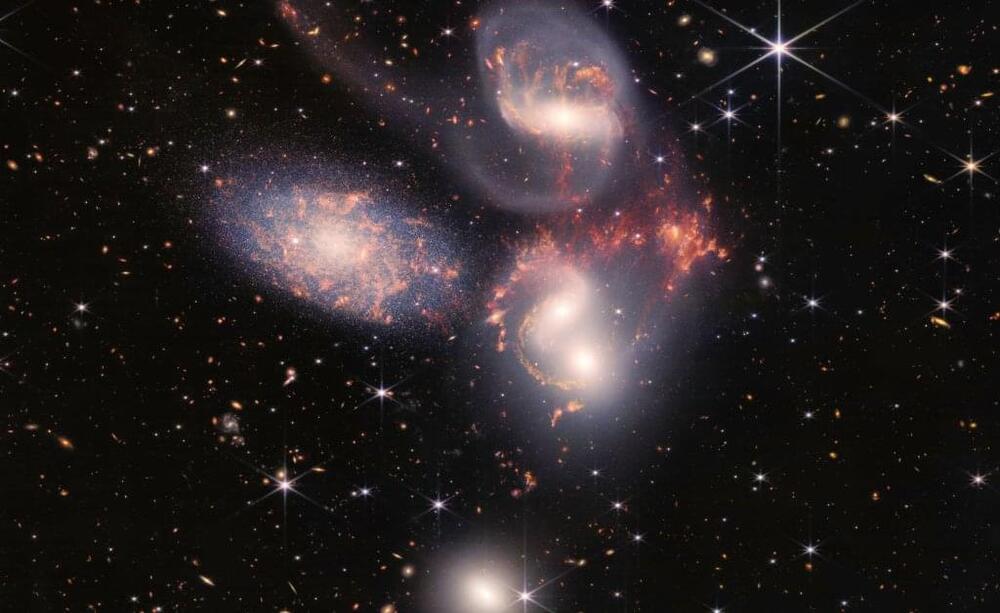Are you curious?
Imagine two towns on two opposite sides of a mountain. People from these towns would probably have to travel all the way around the mountain to visit one another. But, if they wanted to get there faster, they could dig a tunnel straight through the mountain to create a shortcut. That’s the idea behind a wormhole.
A wormhole is like a tunnel between two distant points in our universe that cuts the travel time from one point to the other. Instead of traveling for many millions of years from one galaxy to another, under the right conditions, one could theoretically use a wormhole to cut the travel time down to hours or minutes.
You’ll often see wormholes in science fiction as a way to travel across the Galaxy.





